California’s One-Action Rule
The “One-Action Rule” under California real estate law is actually two rules that work together to protect borrowers from harassment suits by the lender. The law is set out in the California Code of Civil Procedure Section 726.
ONE-ACTION RULE
Under the California Code of Civil Procedure, a lender cannot bring more than one action to exhaust the security—to recover the debt by taking possession of and selling the collateral (Cal. Code Civ. Proc. §726). An “action” is essentially any court proceeding the lender might take in relation to recovering the debt or pursuing damages. In other words, the lender can only bring one lawsuit to recover one debt. However, it is not always simple to know what does or does not count as an action, which is where the danger to the lender lies.
SECURITY-FIRST RULE
Under the one-action rule, a lender would seem to be able to sue the borrower directly without foreclosing, but the court has interpreted the rule to mean that the borrower must pursue the real property collateral (the “security”) first, before going after any other assets (Walker v. Community Bank (1974), 10 Cal. 3d 729).
This rule protects the borrower by requiring that the real estate collateral must be used to offset the debt before the lender can pursue recovery via the borrower’s other assets not put up as collateral (the borrower’s “unpledged assets”). The security, or collateral, must be exhausted as a means of recovering the debt before any other remedies are pursued.
FORECLOSURE
Together, these two provisions essentially require the lender to pursue the recovery of the debt through foreclosure. Failing to do so means that the lender loses their security interest in the real property, meaning that the lender can no longer pursue judicial foreclosure or power of sale to recover the debt. The lender is thus constrained to two basic courses of action: a non-judicial foreclosure or a judicial foreclosure.
In a non-judicial foreclosure, the foreclosure satisfies the security-first rule, and because a non-judicial foreclosure by definition happens outside of court proceedings, such a foreclosure does not count as an “action.” So it would seem that the lender could now pursue any outstanding debt in court by seeking a deficiency judgment. However, California’s anti-deficiency law means that a lender cannot pursue a non-judicial foreclosure and then obtain a deficiency judgment (Cal. Code Civ. Proc. §580d).
A judicial foreclosure is thus the only way in which the lender can pursue a deficiency judgment; however, the borrower then has the “right of redemption”—the right to buy the property back after foreclosure.
Although a non-judicial foreclosure means giving up the possibility of obtaining a deficiency judgment, this is the typical course for most mortgage defaults. The process is easier and faster, and there are other limitations to the possibility of getting a deficiency judgment that usually mean that a judicial foreclosure is not worthwhile. Most of the time, the lender must be satisfied with what they can regain on the real property collateral.
Regardless of what course a lender takes, it is crucial that both lenders and borrowers know what does and does not count as an “action” for purposes of this rule—a borrower can use the one-action rule as an affirmative defense and a lender can lose their right to pursue the real property collateral. Whether you are pursuing or defending against foreclosure, you should consult an experienced California real estate attorney to ensure that the foreclosure proceedings do not violate the one-action rule.


